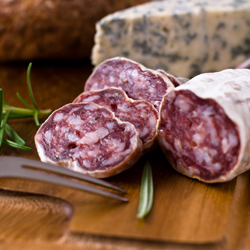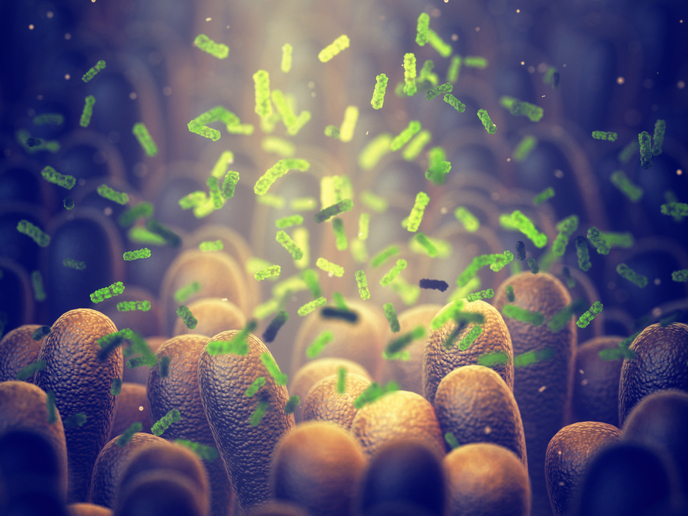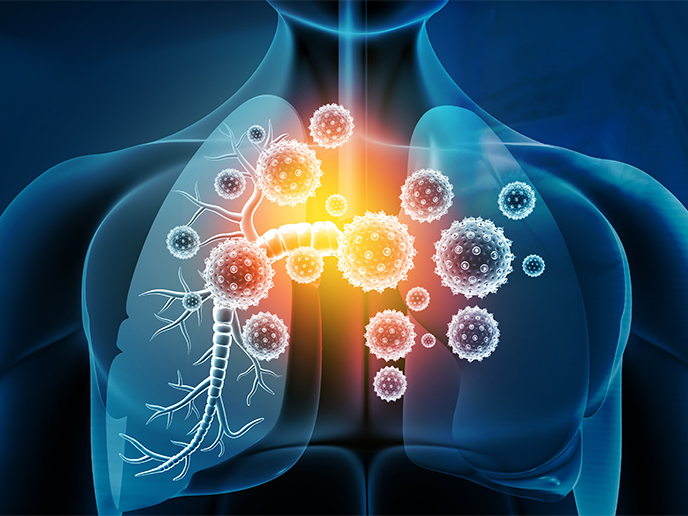Choice of bacteria is the key to a perfect sausage
The secret of the perfect fermented sausage is not just a matter of taste and consistency. Researchers in the appropriately named EU project SAFESAUSAGE also focused on the important matter of keeping one of Europe's favourite meat products free of food poisoning agents such as strains of Listeria. The biotechnical way of achieving a safe tasty sausage is to use the principle of competition between warring microbes. Bacteria produce toxins made of protein, bacteriocins. Their role is to kill off competing microbes that may be taking food and space from the bacterium's territory. Harnessing this principle, project researchers at ETAT S.A. in Athens isolated promising strains of Lactobacillus sakei (L. sakei) to ward off the bacterium that causes listeriosis, Listeria monocytogenes. Equally as important, L. sakei strains produce an appetising sausage during the fermentation and ripening processes. Further trials showed that the bacterium Leuconostoc mesenteroides was an even better bioprotective agent than L. sakei. Given the success in isolating these strains, the researchers also devised a new method to specifically produce the selected bacteriocins from the two species. Based on ammonium precipitation, semi-purified samples of the bacterial toxins can be produced efficiently. Further scope for improvement may come from the isolation of other bacteria that would enhance the defensive nature of the bioprotectors. The range of fermented sausages within Europe alone is vast, given that there may be hundreds of different types of bacteria in one brand of sausage. The project partners therefore aim to extend their research efforts and collaborate with other interested parties in the production of fermented foods.







